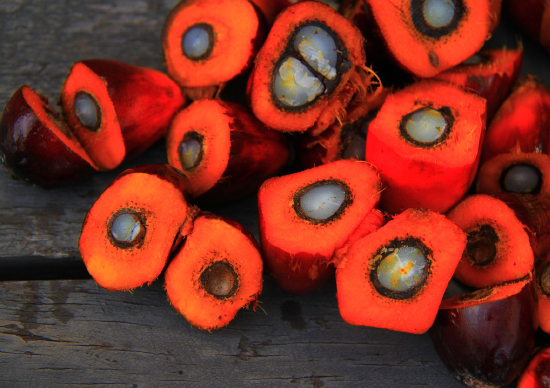Innovation
Dellait » Dellait Research Center » Dellait Fatty Acid Model
DELLAIT FATTY ACID MODEL
Fat is the milk component most easily modified by the diet with possible changes of up to three percentage units. Nutrition and feeding management represent the environmental factors with the greatest impact on milk fat and they can be a tool that can be used to alter milk’s fatty acid composition.
Milk fat is synthesized from fatty acids that come from the peripheral circulation (60%) or are synthesized de novo in the mammary gland (40%). Fatty acids with 4-14 carbons and some of those with 16 carbons derive from de novo synthesis in the mammary gland. The main source of carbons for this synthesis are acetate and in less proportion beta-hydroxy-butyrate. The rest of the fatty acids of 16 carbons and all those with 18 carbons and longer chains derive from circulating fatty acids, arising from the absorption of dietary lipids or fat mobilization from body reserves.




Using data from the literature along with on-farm practical experience, our team is conducting meta-analysis and meta regression studies to determine the effects of individual fatty acid intake on milk fat synthesis. The Dellait Fatty Acid Model is a tool to predict milk fat production and concentration in lactating dairy cows.



